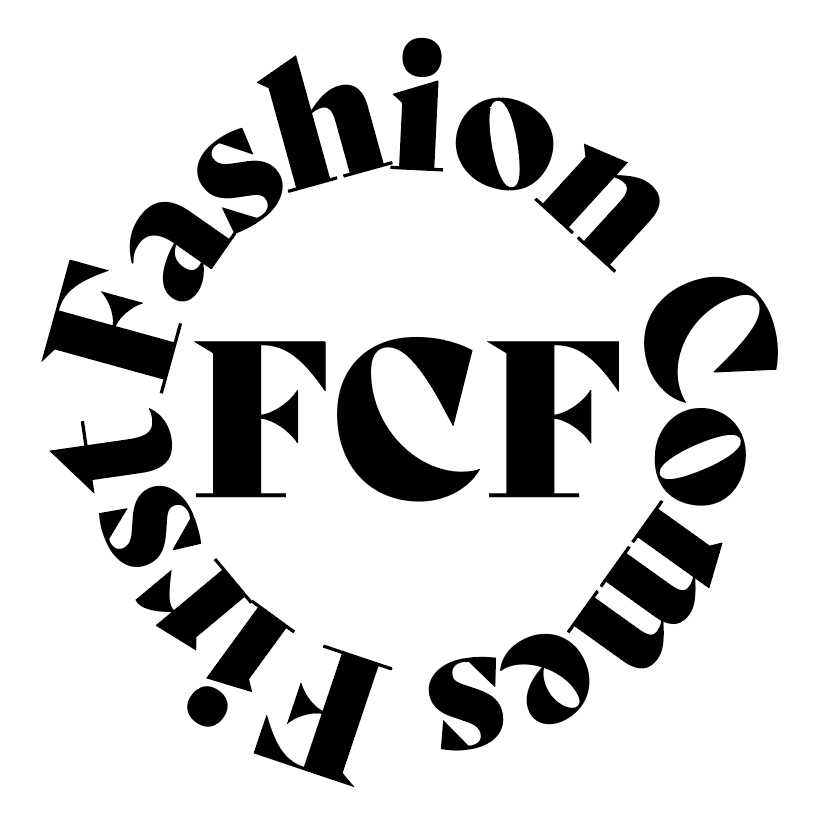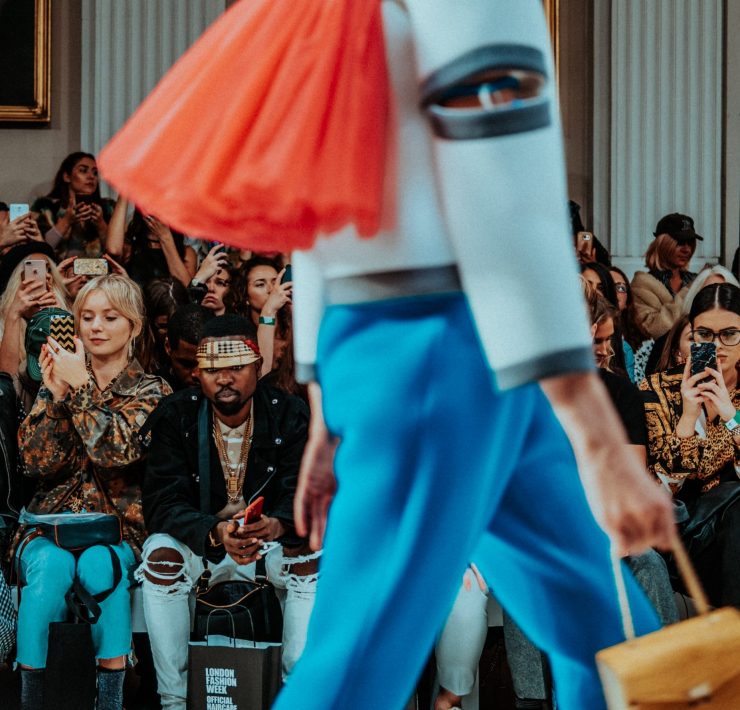It’s time for a change.
When looking for a new outfit, where is the first place you want to shop? Is it a thrift store? Your favorite local designer? How often do you look into the practices of the companies you buy from? What do you do with the clothes you no longer want? How often do you look at the label to see what material an item of clothing is made from?
It can all seem overwhelming, can’t it? You see, the reality is sustainable fashion isn’t just about your choices in shops and clothing items, it’s about the businesses themselves. For example, you could be buying something from a brand that uses sustainable or recycled material to make their garments but don’t use fair labor practices and have items shipped from a factory halfway around the world. You, as a consumer, will feel validated in your purchase, feeling like you’ve done some good, when behind the scenes, this business (while still better than others) is having a negative effect.
As Maxine Bédat explains in the TedTalk above, the fast fashion industry costs a lot more than we are led to believe; The fashion industry is the second most polluting industry in the world. With the help of the ‘miracle’ fabric polyester, brands are able to make new items constantly. Having worked at one of these retailers myself, I know these brands will get new shipments at least once a week with every individual item wrapped in plastic. Polyester, as Maxine puts it, “is a polluting plastic made from fossil fuels.”
Here’s the deal with polyester:
It’s non-biodegradable
- Because it’s a plastic, every item of polyester clothing ever made still exists.
- 150 Billion new pieces of clothing made with polyester are created every year.
Creates Microplastics
- When polyester items are washed, they shed small fibers that pollute the water systems, and ultimately our oceans, adding much more strain on the already polluted environment.
- If you weren’t aware, fish do eat these microplastics thinking they are food and, if you are a seafood lover, you eat the fish. The likelihood that you have unknowingly consumed plastic in your seafood dinner is very high.
Energy-intensive
- It takes more than twice the amount of energy to create a garment from polyester than cotton.
- Typically, that power is produced by coal, the dirtiest form of energy.
- Apparel accounts for 10% of the world’s total carbon footprint.
In the video above, Jon Kahler does a fantastic job of explaining the cost of fast fashion for those who work in the factories and make the clothing. In April 2013, the Dhaka garment factory in Bangladesh collapsed, an event also known as the Rana Plaza collapse. This exposed the conditions that these workers undergo to make these fast fashion items. Many people had never before seen or heard about what these men and women had to put up with and survive in order to make a less than living wage. The Children’s Place, J.C. Penney, and Walmart are a few of the brands who used Rana Plaza and implemented the conditions in this particular factory.
The average fast fashion factory worker works 14-16 hours per day 7 days a week. While they are technically paid minimum wage, the minimum wage in most manufacturing companies is one half to one fifth the living wage in the US. Essentially, these hard workers who potentially put their lives in danger to make these garments do not make enough money to fulfill their basic needs like rent, water, food, healthcare, etc.
Worldwide, about 85% of old clothes end up in landfills. In North America, that means roughly 25 billion pounds of textile waste and those synthetic fabrics won’t break down. So, what can you do instead? Many people already donate old clothing to places like Goodwill and Salvation Army, but what other options are there?
- If you have newer, brand name clothing or cool vintage pieces, you could sell them online. Places like eBay or Depop are great for rehoming old clothing.
- For denim, an organization called Blue Jeans Go Green accepts donations and turns old jeans into insulation. You can find more about them at www.bluejeansgogreen.org
- For women’s business attire, check out Dress for Success; a non-profit helping women achieve economic independence. You can find more about them at www.dressforsuccess.org
- Have gently used bras? Donate them! I Support the Girls is a fantastic organization that distributes bras to girls and women in need. They also accept donations of unopened tampons and pads if you happen to have a stockpile. Find out more about them at www.isupportthegirls.org
- Have men’s business attire? Check out Career Gear. They are helping low-income men achieve economic independence. To learn more, find them at www.careergear.org
- For gently used shoes, check out From the Sole. They are a non-profit that collects and redistributes shoes to the homeless population of New York City and other metropolitan areas. Find them at www.itsfromthesole.org
- If your clothes are too worn or tattered to donate, turn them into rags. Make reusable Swiffer pads or a new mop head. You could make a quilt or sew a new pillow. Make it a fun DIY project!
- You can also contact your local homeless shelters, women’s shelters, child welfare groups, youth shelters, LGBT centers, churches, and community outreach programs to inquire about their needs.
More often than not, fast fashion can be avoided. Choosing a 100% cotton t-shirt over a polyester blend may cost a few dollars more, but the overall quality will be better, the shirt will last longer, and the environmental impact will be lower. Is it an adjustment to reading labels, researching companies, and finding alternate means of disposing of old clothes? Absolutely, It’s a big adjustment. It’s also extremely important. The people who work in these factories deserve better, the environment deserves better, and you, the consumer, deserve better. You deserve all the information. One person making changes to the way they shop does make a difference. Every purchase you make is just like casting a vote. By purchasing their product, you are saying you’re okay with how they run their business and what they are putting in the world. So, before you buy, make sure that is true.












